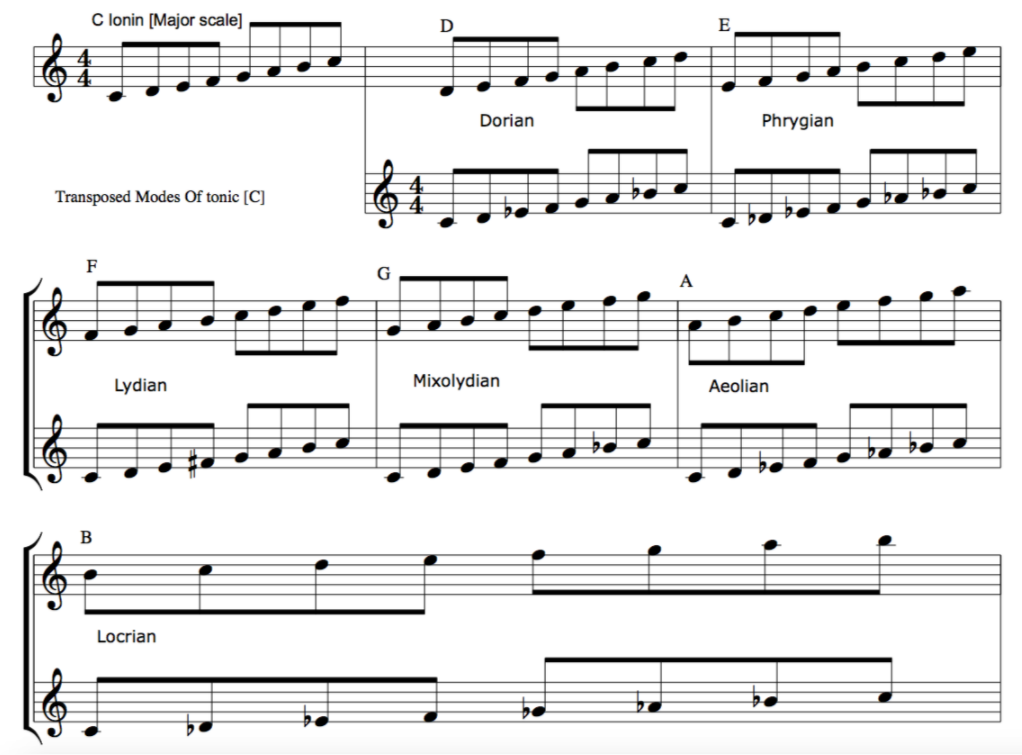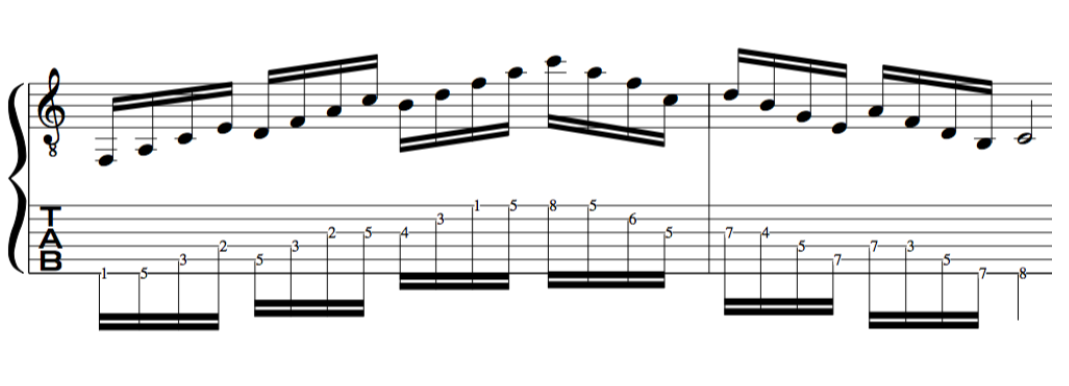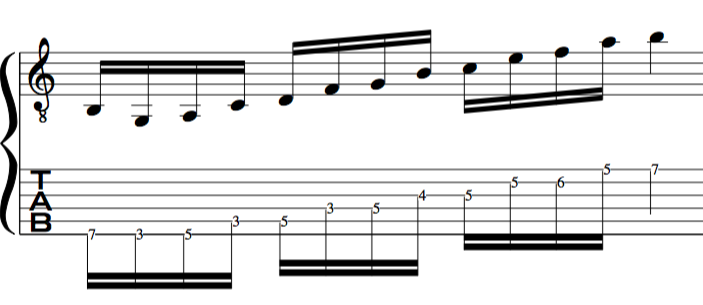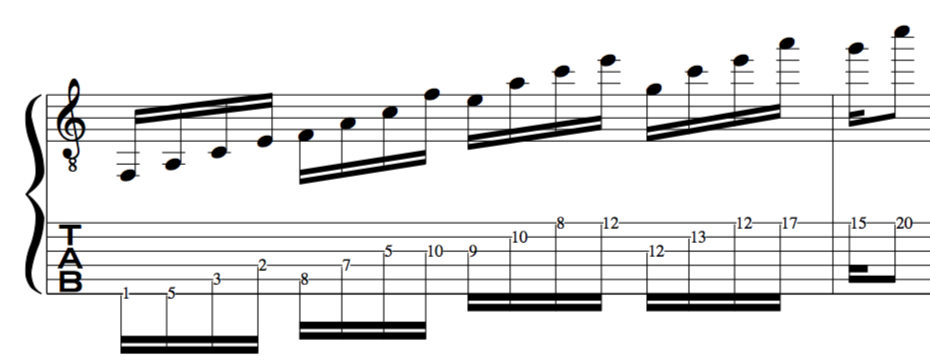 CLICK SUBSCRIBE!
CLICK SUBSCRIBE!
What is a mode?
A mode is an “inversion” of a scale:
For instance if you start a scale on the 2nd note of the C major scale you will be playing “D dorian mode”.
THEN WHY DO PEOPLE FIND IT CONFUSING?
That is because of “transposition”.
For instance:
We can transpose that “Dorian mode of D” to any tonic we desire.
In the example below it is transposed to C as the tonic. How did I do this? Well if the note D [Tonic of D dorian] is two 1/2 steps up from C then what is the note C two 1/2 steps up from? Answer is B flat. So we have a B flat scale staring on the note C.

Below is a Clear explanation and diagram in music notation. Or for my free modes ebook CLICK HERE

For more information please download my free ebook “Modes of the major scale explained in detail” CLICK HEre
Why are the modes useful for the guitar player?
The modes [in this case of the major scale] open up the guitar fingerboard and it becomes easier and easier to connect arpeggios, phrases, quartal, pentatonic and melodic lines together and create smooth transitions across the guitar fingerboard.
The first example below consists of connecting the arpeggios contained within the modes. Here we have f major 7 to Dminor 7 to B Minor 7 flat 5 to F major to E minor 7 and finishing with B minor 7 flat 5 [or G9 depending on the bass note]. The Modal connections are smooth and open up the guitar fingerboard easily!

Below you will see how easy it is to connect together arpeggios and then create triad pairs from them.

Again, more arpeggio connections from the major modes

Below, a mix of arpeggios and triad pairs from the modes

QUARTAL HARMONY. JOHN COLTRANE 4THS DEVELOPED FROM THE DORIAN MODE. THIS IS HOW YOU GAET THAT JAZZY SOUND!

D Minor to E minor

Simple quartal dorian mode jazz/fusion vamp

Below is a simple pentatonic line from the major mode to play over a dominant G 7 chord

Finally an extended F major 9 extended line from the major mode

For more information please download my free ebook “Modes of the major scale explained in detail” CLICK HERE
IF THIS LESSON WAS OF USE TO YOU THEN PLEASE SUBSCRIBE TO US BELOW ON YOUTUBE, THANKS!
